Are you interested in mulch around your yard and garden, but don't know what is the best mulch for your specific needs? Are you interested in learning more about types of mulch and how to use them? The following content also has some reference value for raised garden beds.
After a few hours of research, I wrote this article, 10 best garden mulch. This list is sorted by most expensive to least expensive coverage.
And scroll down to the bottom of this article to find answers to 4 of the most frequently asked questions about garden mulch!

10 Best Garden mulch
# 1. Scott grows media cover
Materials:
Cedar mulch
Advantages:
Lasting color all year round
Prevent weeds and stay hydrated throughout the year
Disadvantages:
inorganic
Scott Growing Medium Mulch is the best product on the market for trees, shrubs, flowers and vegetables.
This product should be used after the seeds have germinated, and a 3-inch thick application prevents weeds all year round. Not only that, but it will help you stay hydrated during the hot, dry summer months.
Best of all, this mulch comes with Scott's patented color guard that will keep your mulch in color for over a year!
If you want the best coverings that don't need to be changed as often, then look further!
# 2. Country cacao shell mulch
Materials:
Cacao shell
Advantages:
organic
Allow and retain water
Disadvantages:
Each packet contains only a small amount of mulch
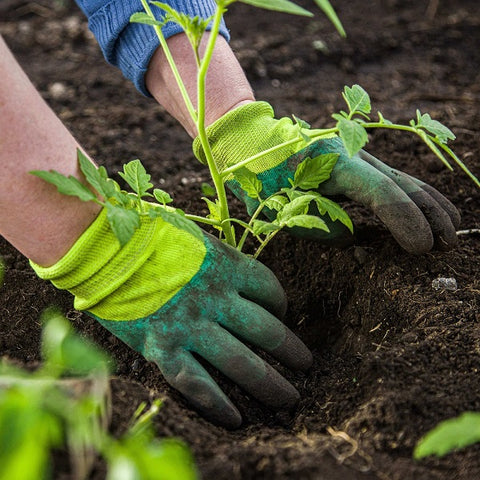
National Cacao Shell mulch is made from the husk of cacao beans and is the perfect addition to a garden or flower bed.
This mulch has an attractive brown color and does not bleach away.
This mulch is perfect for absorbing and retaining water. The difference with this mulch is that it never gets wet.
This covering is 2 cubic. Is a great organic option to keep weeds at bay while adding nutrients to your garden.
# 3. ez - straw seeding mulch
Materials:
Treated straw
Advantages:
Effectively absorb and retain water
99% weed prevention
Protect the seeds from wind and water
Disadvantages:
Not as colorful as other coverings
Best used only for seeds
Ez-straw mulch is made from organically processed straw, combined with natural and biodegradable adhesives.
This binder makes the mulch perfect for protecting the seed from strong winds and scour.
The EZ-Straw mulch film is cut twice, easy to apply, prevents 99% of weeds and requires less watering and work than competitors.
Best of all, it is pet - and kid-friendly and can be stored indoors or outdoors without degrading.
# 4. Hydrofarm Grows! T Coco Coir implant chip
Materials:
Cocoa-coconut slice
Advantages:
Fungus prevention
Can be used in hydroponics and traditional gardening
Can it be used with tropical plants
Disadvantages:
It's expensive for a small number of people
Hydrofarm is an excellent mulch that uses organic cacao coconut growing chips and works well as mulch in the tropics or outdoors
Related: The ultimate guide to indoor Hibiscus care
Hydroponic mulch can be used as decorative ground cover, as a hydroponic medium or as an aggregate for soil applications.
Not only that, but it retains water and is even better at preventing fungal growth.
Best of all, it's easy to store, carry and use!
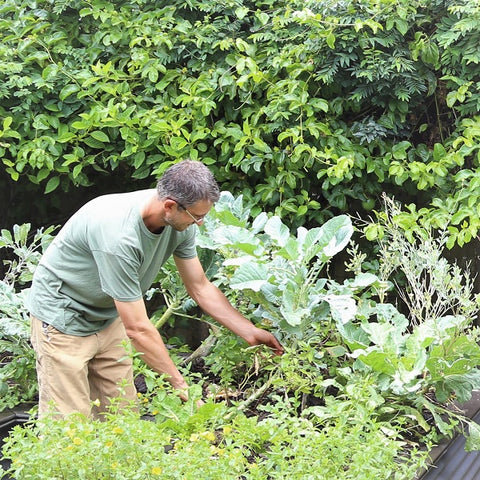
# 5. fiberdust CoCo mulch
Materials:
Coconut shell
Advantages:
organic
Can it be used on sloping terrain
enduring
Disadvantages:
Mulch is expensive in small amounts
fiberdust CoCo Mulch contains 100% organic coconut shell with no additives.
One mulch contains 2 cubic feet of mulch, plus 4 gallons of water.
Not only that, but it has a "rust color" that is perfect for any outdoor or indoor garden environment.
The mulch is unique in that it can be used continuously for three years without needing to be replaced.
Unlike other mulch, it can be used on sloping terrain without deterioration.
# 6. Woodsmith Natural wood chips
Materials:
Red cedar chip
Advantages:
Perfect for hanging baskets
cheap
Disadvantages:
Limited use compared to competitors
Woodsmith produces some of the finest natural cedar wood shavings for indoor and outdoor plants that help retain moisture!
The covering, which is manufactured in the United States, provides a natural scent and can even be used on animal waste and bedding. Each package is made of about 5 quarts of wood chips.
# 7. EZ-Straw is just Straw
Materials:
Treated straw
Advantages:
More than 100 uses
reusable
Disadvantages:
Not as absorbent as competitors
EZ Just Straw is 100% organic and has over 100 uses. Not only can you use it for mulching, but you can also use it for nest materials, pet bedding and crafts.
What makes this mulch unique is that it can be reused!
Not only that, but it's also safe and convenient for kids and pets.
This pack is also UV and bug protected, no assembly required!
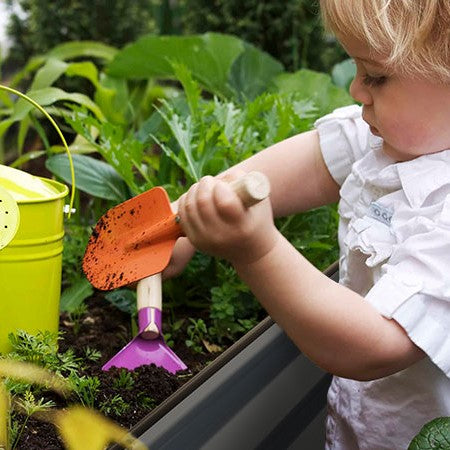
# 8. Organic fiber mulch for window garden
Materials:
Organic chip
Advantages:
Last years
Reasonable price
Prevent root rot and soil compaction
Disadvantages:
Less beneficial to outdoor plants
If you want to mulch your houseplants, then look no further than window garden fiber organic mulch.
This mulch is a beautiful cinnamon color that looks great and will last for years!
Using this mulch will help prevent splashes, keep the soil in its container, and reduce soil compaction and root rot.
This layer of mulch helps reduce evaporation, reduces the number of times you have to water, and prevents weeds and mold.
# 9. Sponge cacao fiber mulch membrane
Materials:
Coconut shell
Advantages:
enduring
Reasonable price
Disadvantages:
Not as good as their outdoor plant competitors
Sponge cacao fibre mulch film is made from crushed coconut shells and is organic and a beautiful way to protect your plants.
This mulch is a great way to organically absorb and retain moisture and keep weeds out of POTS and containers.
What sets this mulch apart from the competition is that it doesn't break down, lasts up to two years, and has an attractive look that will make all your neighbors jealous!
# 10. Spanish moss
Materials:
Spanish moss
Advantages:
This is a natural mulch that is effective at retaining moisture
cheap
Disadvantages:
Not as durable as the competition
Spanish moss is a unique mulch that provides nutrients to plants!
This is an excellent mulch for covering soil, helps plants retain water, helps prevent weeds from growing, and does not interfere with reproducibility.
Not only that, but it's a great way to decorate decorations, baskets, vegetable gardens, POTS, or any other artificial arrangement.
Best of all, it's 250 cubic meters. Inches!
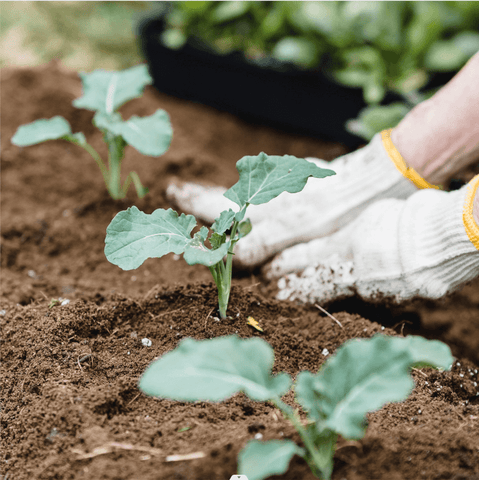
4 frequently asked Questions
# 1. How to use mulch?
Using mulch in your garden is a great way to promote healthy growth, but it can also hinder your garden's productivity if used incorrectly.
When applying mulch to your garden, you should:
First, weed the area where you will be laying mulch
Next, lay out newspaper about six inches thick. This will prevent excessive light, which may promote weed growth.
The third, cover the plant with 4 to 6 inches of mulch to keep weeds from growing and retain moisture.
# 2. What are the different types of garden mulch?
There are two different types of mulch you can purchase for your garden. You can purchase organic mulch which will provide benefits for your garden, inorganic mulch usually lasts longer.
Here are the types of organic mulch you should use in your garden:
A) Compost
Compost is made from organic kitchen and yard waste. Using compost will not only protect your garden from weeds, it will also provide nutrients for a long time.
B) Wood chips
Wood chips are the most common organic material used in garden mulch.
This type of mulch comes in a variety of colors and varieties.
This is another type of mulch that, when broken down, can provide great nutrition for your garden and plants. But it should be replenished every year.
C) Straw (hay)
Straw is a clean, light and easily decomposed organic material.
Straw is a great way to instantly add nutrients to your garden. Typically, you'll need to replace the straw once a month or add a few inches of layering if you want it to last longer.
Above all, if you want to mulch your garden, you should use straw, but also to protect your seeds from wind and rain.
D) Pine needles
If you are interested in a mulch that breaks down more slowly and adds acidity to the garden, then you should use pine needles.
Pine needles are a great way to add nutrients to your garden and won't be washed away in the wind or heavy rain.
E) The leaves
If you make your own mulch, leaves are the best organic material.
This type of mulch builds up easily, breaks down faster than most other organic materials, and adds nutrients to your garden.
Here are the different types of inorganic materials you can use to cover your garden:
A) Black plastic is one of the best ways to mulch your garden to prevent weeds.
When using black plastic, you need to monitor its durability, as the sun will break it down quickly.
Also, black plastic can retain heat in your garden, but should be monitored because if it gets too hot, it can damage the roots of your plants.
B) Newspaper
Newspapers are another great way to cover your garden.
It is recommended to wet the newspaper before putting it on the ground.
While the newspaper needs to be replaced after a season, it does allow plants to penetrate it for more access to sunlight and pollinators.
C) Landscape fabric
Landscape fabric is a good inorganic material that can be used to prevent weeds when mulching.
This is a good material to put under rocks or gravel and can help prevent the stone from sinking into the ground.
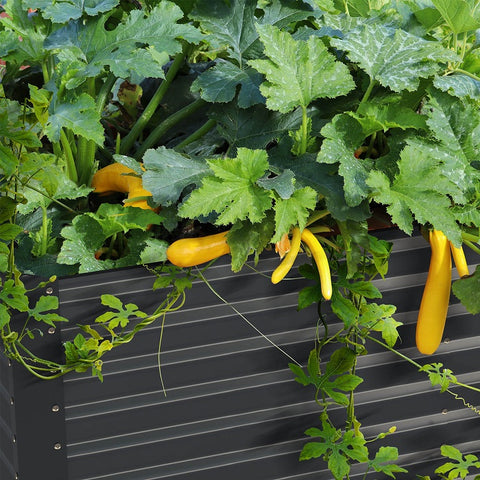
# 3. What factors should you consider when buying garden mulch?
There are several factors you should consider when purchasing garden mulch:
- Decide if you want organic or inorganic materials. I suggest layering the soil with inorganic material and then adding a layer of organic material
- Decide how to use mulch. Is it to protect the seeds? Keep the water? Or prevent weeds?
- Decide how many you need to replace each year and for how long.
- Decide what nutrients your garden needs
- Decide whether you will use it for indoor or outdoor plants
- If you have children or pets, choose non-toxic coverings
# 4. Why mulch your garden?
There are many reasons to cover your garden. You may want to mulch your garden for the following reasons:
- Water retention
- Increase soil heat
- Weed control
- Improve garden appearance
- Attract beneficial insects and prevent pests and diseases
- Reduce fungal growth
- Reduce maintenance costs
- Increase the likelihood of seed germination
conclusion
As I said above, coverage is an art and science.
While it's not difficult, it does take time to learn how to use it most effectively for different plants.
Just a reminder...
1. Mulch is good for every kind of plant. Make sure you read the instructions above to properly apply your mulch to your garden.
2. There are many reasons to cover your garden. Some reasons include weed prevention, water conservation, improving the appearance of the garden, and so on.
3. There are three types of fertilizer; Grainy, liquid and spiky. Each caters to a gardener's different needs, and you may have to use all three.
4. I recommend using one of the 10 best garden mulch options, depending on the type of plant you're planting.









